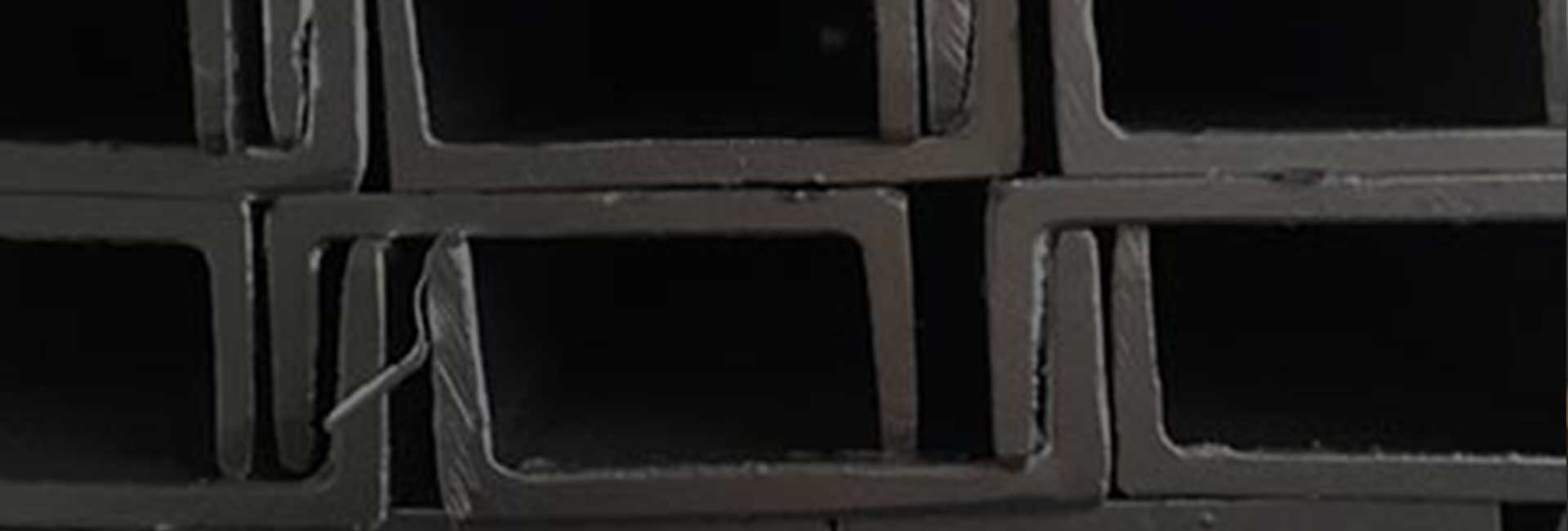According to the construction code of classification Society, the production of hot-rolled steel sheets for the manufacture of hull structures needs to meet certain standards. These Marine structural steels can be divided into two main strength classes according to their minimum yield point: general strength structural steel and high strength structural steel.
Marine structural steel, often referred to as ship plates, is produced specifically according to the construction specifications of classification societies and is mainly used to manufacture ship hull structures. Under the standard of China Classification Society, the general strength structural steel is further divided into four quality grades, namely CCSA, CCSB, CCSD and CCSE, which correspond to A, B, D and E respectively. High-strength structural steel is divided into three strength grades and four quality grades.
For the general strength of the hull structure steel, it includes A, B, D, E these four grades. These grades of steel are not less than 235N/mm² in yield strength and between 400 and 520N/mm² in tensile strength. These grades are distinguished mainly by their impact work performance at different temperatures.
When it comes to steels for high-strength hull structures, they are classified into different strength classes based on minimum yield strength. Each strength grade is subdivided into four grades, A, D, E and F, according to the difference in impact toughness. For example, A32, D32, E32, F32 grades of steel, their yield strength is not less than 315N/mm², tensile strength between 440 and 570N/mm². The yield strength of A36, D36, E36 and F36 grades is not less than 355N/mm², and the tensile strength is between 490 and 620N/mm². Similarly, the yield strength of A40, D40, E40 and F40 grades is not less than 390N/mm², and the tensile strength is between 510 and 660N/mm². These letters represent the level of impact toughness that steel can achieve at different temperatures (0°, -20°, -40°, -60°).
In addition, there is a range of high-strength quenched and tempered steels, such as A420 to A690, as well as steels suitable for boilers and pressure vessels, such as 360A, 360B to 490A, 490B, and special 1Cr0.5Mo and 2.25Cr1Mo. Steel for mechanical structure can generally choose the steel mentioned above. For low temperature environment, there are special low temperature toughness steels such as 0.5NiA to 9Ni. Austenitic stainless steel and duplex stainless steel also have their own grades, such as 00Cr18Ni10 series and 00Cr22Ni5Mo3N.
Composite steel plates are suitable for the containers and cargo tanks of chemical carriers because they can withstand the erosion of chemical substances. Z-steel is based on a certain grade of structural steel (called parent grade steel), through special treatment and appropriate heat treatment to meet the specific application needs of steel.







